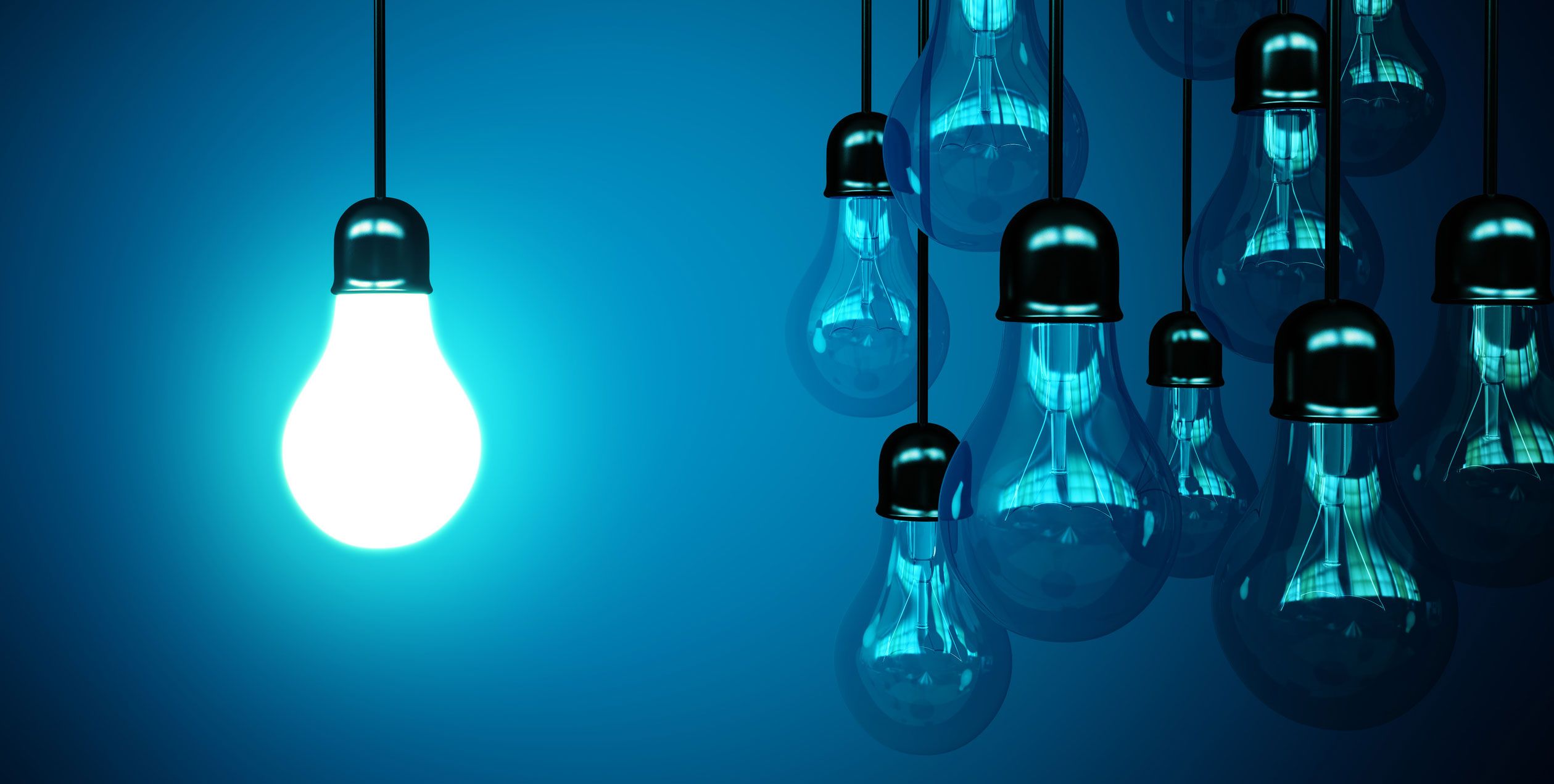

Articles
What Light Bulb Is The Brightest
Modified: January 22, 2024
Discover the brightest light bulb options with our informative articles. Learn about different types of bulbs and find the perfect one for your needs.
(Many of the links in this article redirect to a specific reviewed product. Your purchase of these products through affiliate links helps to generate commission for Storables.com, at no extra cost. Learn more)
Introduction
When it comes to lighting up our homes and workspaces, the brightness of the light bulb plays a significant role. We all want a well-lit environment that allows us to see clearly and comfortably. But with so many options available in the market, it can be challenging to determine which light bulb is the brightest and most suitable for our needs.
In this article, we will explore various types of light bulbs and their brightness levels to help you make an informed decision. We will cover incandescent light bulbs, halogen light bulbs, compact fluorescent light bulbs (CFLs), and LED light bulbs, discussing their pros and cons and determining which one shines the brightest.
So, whether you’re looking to brighten up your living room, office space, or any other area, read on to discover which light bulb will illuminate your world.
Key Takeaways:
- LED light bulbs are the brightest and most energy-efficient option, providing instant brightness, long lifespan, and significant energy savings. They are ideal for various lighting needs, offering both efficiency and durability.
- When it comes to finding the brightest light bulb, LED bulbs stand out as the clear winner. With their high lumen output, minimal energy consumption, and long-lasting performance, they are the top choice for bright and efficient lighting solutions.
Read more: What Ceiling Fan Has The Brightest Light
Incandescent Light Bulbs
Incandescent light bulbs have been a popular lighting choice for many years. They work by passing an electric current through a filament, which then heats up and emits visible light. These bulbs produce a warm and cozy glow that is familiar to most people.
When it comes to brightness, incandescent light bulbs are known for their high lumen output. Lumens measure the amount of light emitted by a bulb, with higher lumens indicating a brighter light. Incandescent bulbs can produce a significant amount of lumens, making them a suitable choice for areas that require bright illumination.
However, incandescent bulbs are not the most energy-efficient option. They consume a lot of electricity and have a relatively short lifespan compared to other types of bulbs. Additionally, the majority of incandescent light bulbs have been phased out due to their high energy consumption.
In recent years, there have been advancements in incandescent technology that increase their efficiency. These bulbs use halogen gas to help the filament last longer and produce more light. While still brighter than some alternatives, they are still less efficient than newer options.
Overall, incandescent light bulbs are capable of providing bright, warm lighting. However, their high energy consumption and shorter lifespan make them less attractive for those looking for a more eco-friendly and cost-effective solution.
Halogen Light Bulbs
Halogen light bulbs are a more advanced version of incandescent bulbs. They also use a filament, but unlike traditional incandescent bulbs, they contain a small amount of a halogen gas, such as iodine or bromine. This gas helps to recycle the tungsten that evaporates from the filament, extending the bulb’s lifespan.
In terms of brightness, halogen light bulbs are known for their intense and focused light. They produce a bright, white light that closely resembles natural daylight, making them an excellent choice for areas that require precise and vibrant illumination.
Halogen bulbs are also known for their high lumen output, providing a significant amount of brightness. Their brightness can be further enhanced by using reflectors and lenses to direct the light in a specific direction, making them ideal for spotlights and task lighting.
While halogen bulbs are brighter than incandescent bulbs, they are still relatively inefficient when it comes to energy consumption. They generate a considerable amount of heat, which leads to wasted energy. Additionally, halogen bulbs have a shorter lifespan compared to other options, usually lasting around 2,000 to 3,500 hours.
It is worth noting that halogen bulbs require special care during installation and replacement. They should not be touched with bare hands as the oil from the skin can cause the bulb to overheat. It is recommended to use gloves or a cloth when handling halogen bulbs to avoid any damage or safety hazards.
Overall, halogen light bulbs are a good choice if you need bright, focused lighting in specific areas. However, their energy inefficiency and shorter lifespan may make them less suitable for long-term and eco-friendly lighting solutions.
When looking for the brightest light bulb, consider the lumens rating. The higher the lumens, the brighter the bulb. Look for LED bulbs with high lumens for the brightest light.
Compact Fluorescent Light Bulbs
Compact fluorescent light bulbs (CFLs) are a more energy-efficient alternative to traditional incandescent bulbs. CFLs work by passing an electric current through a tube filled with mercury vapor and argon gas. This process generates ultraviolet light, which then excites the phosphor coating inside the tube, producing visible light.
One of the main advantages of CFLs is their energy efficiency. They use about 75% less energy than incandescent bulbs while producing the same amount of brightness. This makes CFLs a great option for those looking to reduce their energy consumption and save on electricity bills.
In terms of brightness, CFLs are available in various options. The brightness of a CFL bulb is measured in lumens, and you can find bulbs with different lumen outputs to suit your specific needs. CFLs can provide a bright and even illumination that is suitable for both general lighting and task lighting.
While CFLs are more energy-efficient than incandescent bulbs, they have some drawbacks. One of the main concerns is the presence of mercury in the bulbs, which can be harmful if the bulb breaks. It is important to handle and dispose of CFLs with caution, following the manufacturer’s guidelines.
Another downside of CFLs is that they take a little time to reach full brightness. When you turn on a CFL, it may take a few seconds to a minute to achieve its maximum brightness. However, modern CFL bulbs have improved in this aspect, and the delay is much less noticeable compared to earlier models.
Overall, compact fluorescent light bulbs offer bright illumination while being energy-efficient. They are a suitable option for those looking to reduce their energy consumption and make greener choices. However, the presence of mercury and the slight delay in reaching full brightness should be considered when deciding on the right lighting solution.
LED Light Bulbs
LED (Light Emitting Diode) light bulbs have gained tremendous popularity in recent years due to their energy efficiency and long lifespan. LED bulbs work by passing an electrical current through a microchip, which illuminates tiny light-emitting diodes to produce visible light.
LED light bulbs are highly regarded for their brightness and efficiency. They can produce a substantial amount of lumens while consuming significantly less energy compared to incandescent and fluorescent bulbs. This makes LED bulbs the brightest and most energy-efficient option available in the market today.
LED bulbs are versatile in terms of brightness options. They are available in various lumen outputs, allowing you to choose the level of brightness suitable for your lighting needs. Whether you need dim lighting for a cozy ambiance or a bright beam for task lighting, LED bulbs can deliver the desired brightness.
One of the key advantages of LED bulbs is their exceptional lifespan. On average, LED bulbs can last up to 25,000 to 50,000 hours or even longer, depending on the quality and usage. This longevity makes LED bulbs a cost-effective choice in the long run, as they require less frequent replacements compared to other types of bulbs.
LED bulbs also offer instant and consistent brightness. Unlike CFLs, LED bulbs do not require a warm-up period and provide full brightness as soon as you turn them on. This instant illumination makes them ideal for areas where immediate lighting is needed, such as bathrooms and closets.
Another advantage of LED bulbs is their durability. LED bulbs are made with solid-state lighting technology, which makes them resistant to shock and vibrations. This makes LED bulbs suitable for use in environments where frequent movement or impacts occur.
Overall, LED light bulbs are the brightest and most energy-efficient option available in the market today. Their long lifespan, instant brightness, and durability make them an excellent choice for those seeking bright, efficient, and long-lasting lighting solutions.
Read more: What Is A Light Bulb
Conclusion
When it comes to finding the brightest light bulb for your needs, several options are available. Incandescent bulbs offer a warm glow and high lumen output, but they are not energy-efficient and have a shorter lifespan.
Halogen bulbs provide intense and focused light, making them great for spotlights and task lighting. However, they still consume a significant amount of energy and have a relatively short lifespan.
Compact fluorescent light bulbs (CFLs) offer energy efficiency and can provide bright illumination suitable for general lighting and task lighting. However, the presence of mercury and the slight delay in reaching full brightness should be taken into consideration.
On the other hand, LED light bulbs stand out as the brightest and most energy-efficient option. They produce a significant amount of lumens while consuming minimal energy, making them ideal for various lighting needs. LED bulbs also have a long lifespan and provide instant and consistent brightness.
In conclusion, if you value brightness and energy efficiency, LED light bulbs are the clear winner. They not only provide the brightest illumination but also offer long-lasting performance and significant energy savings. Whether you need bright lighting for a workspace or a cozy ambiance in your living room, LED bulbs are the way to go.
Consider your specific lighting requirements, energy consumption goals, and budget when choosing the right bulb. With the information provided in this article, you can make an informed decision and find the brightest light bulb that suits your needs and preferences.
Frequently Asked Questions about What Light Bulb Is The Brightest
Was this page helpful?
At Storables.com, we guarantee accurate and reliable information. Our content, validated by Expert Board Contributors, is crafted following stringent Editorial Policies. We're committed to providing you with well-researched, expert-backed insights for all your informational needs.
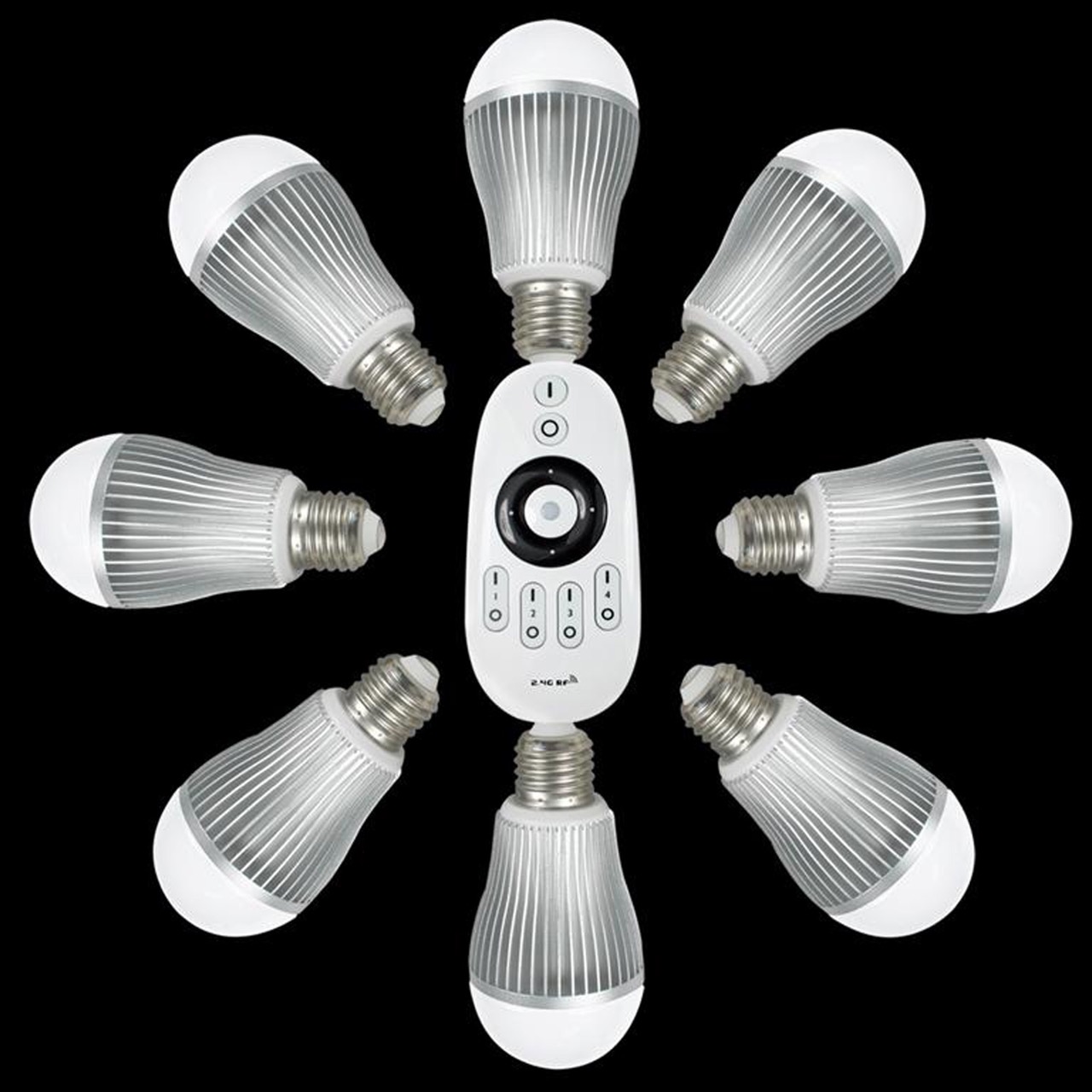
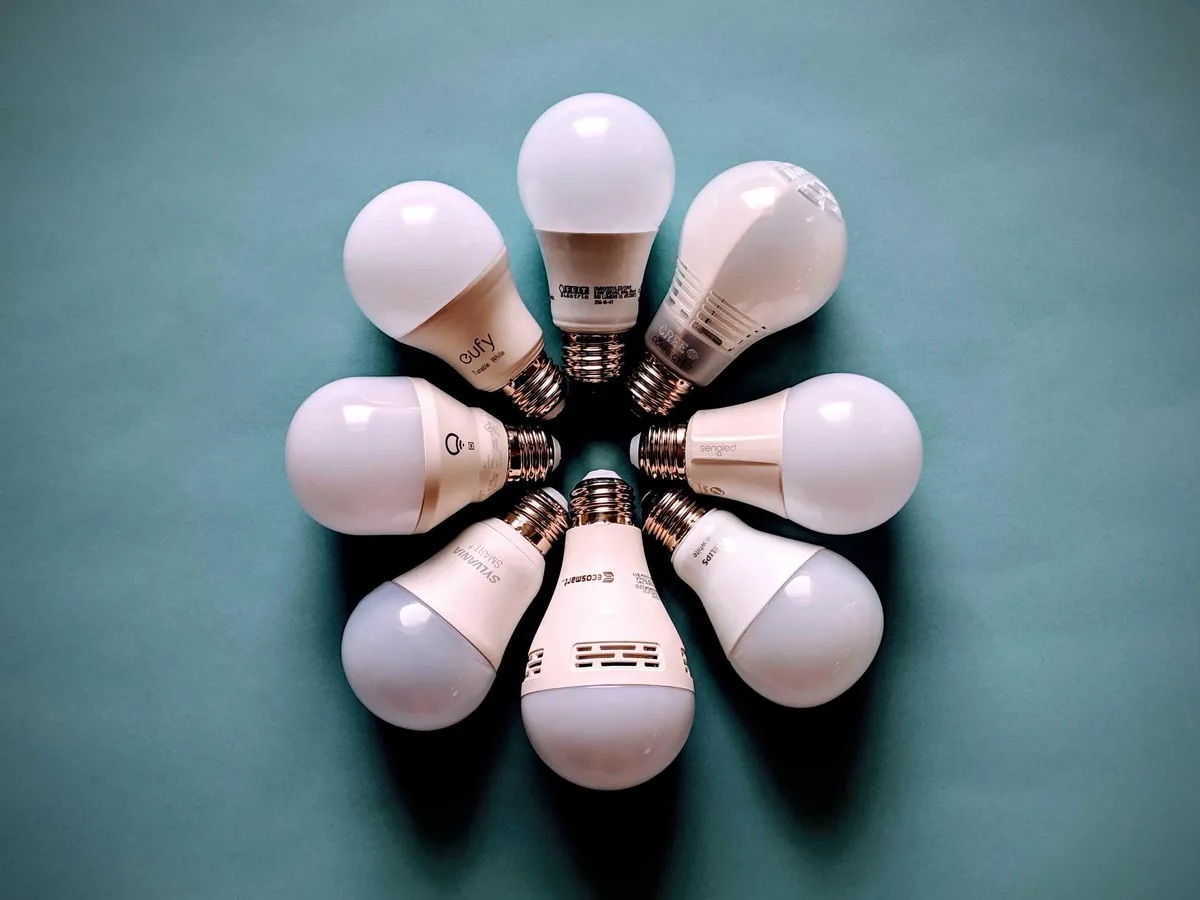
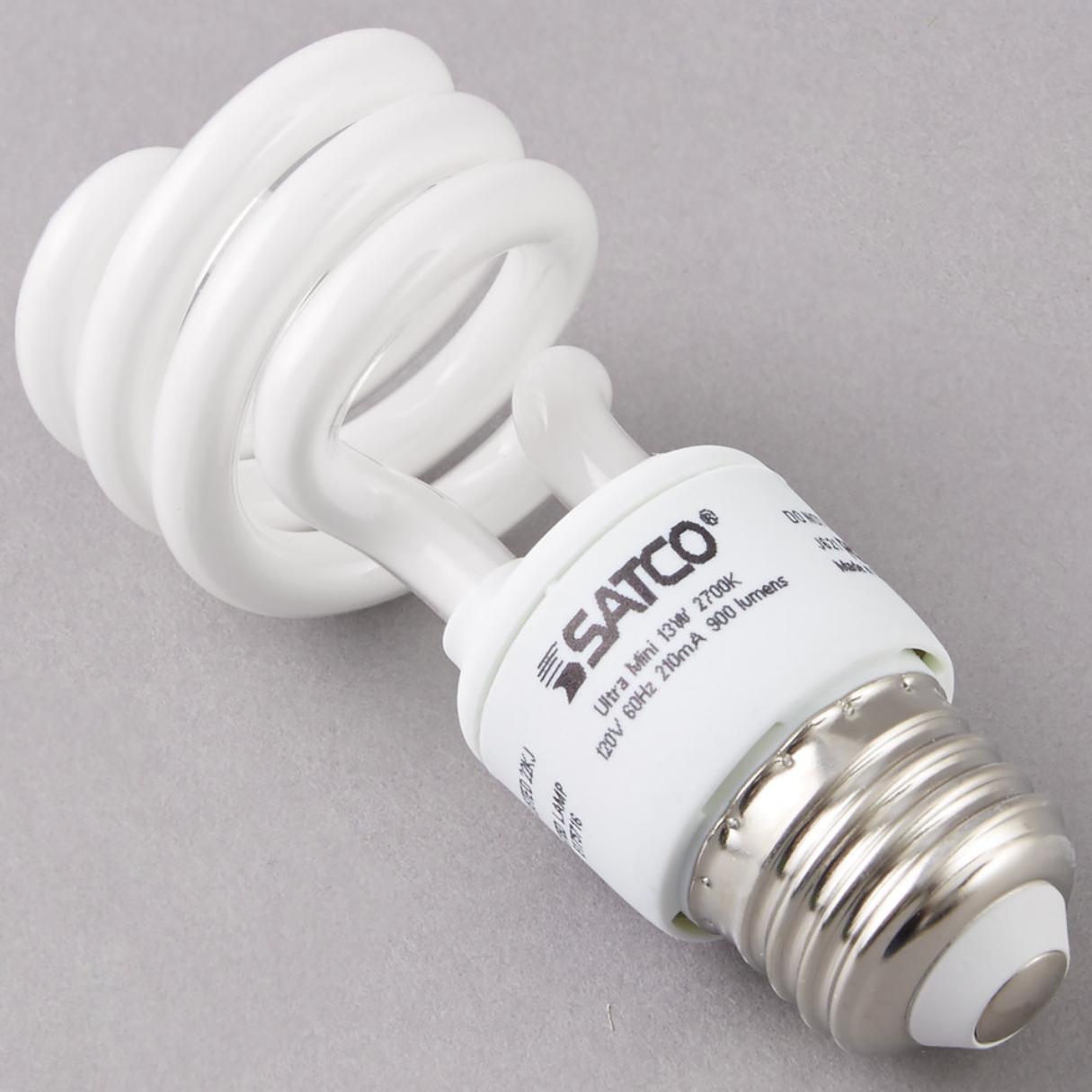
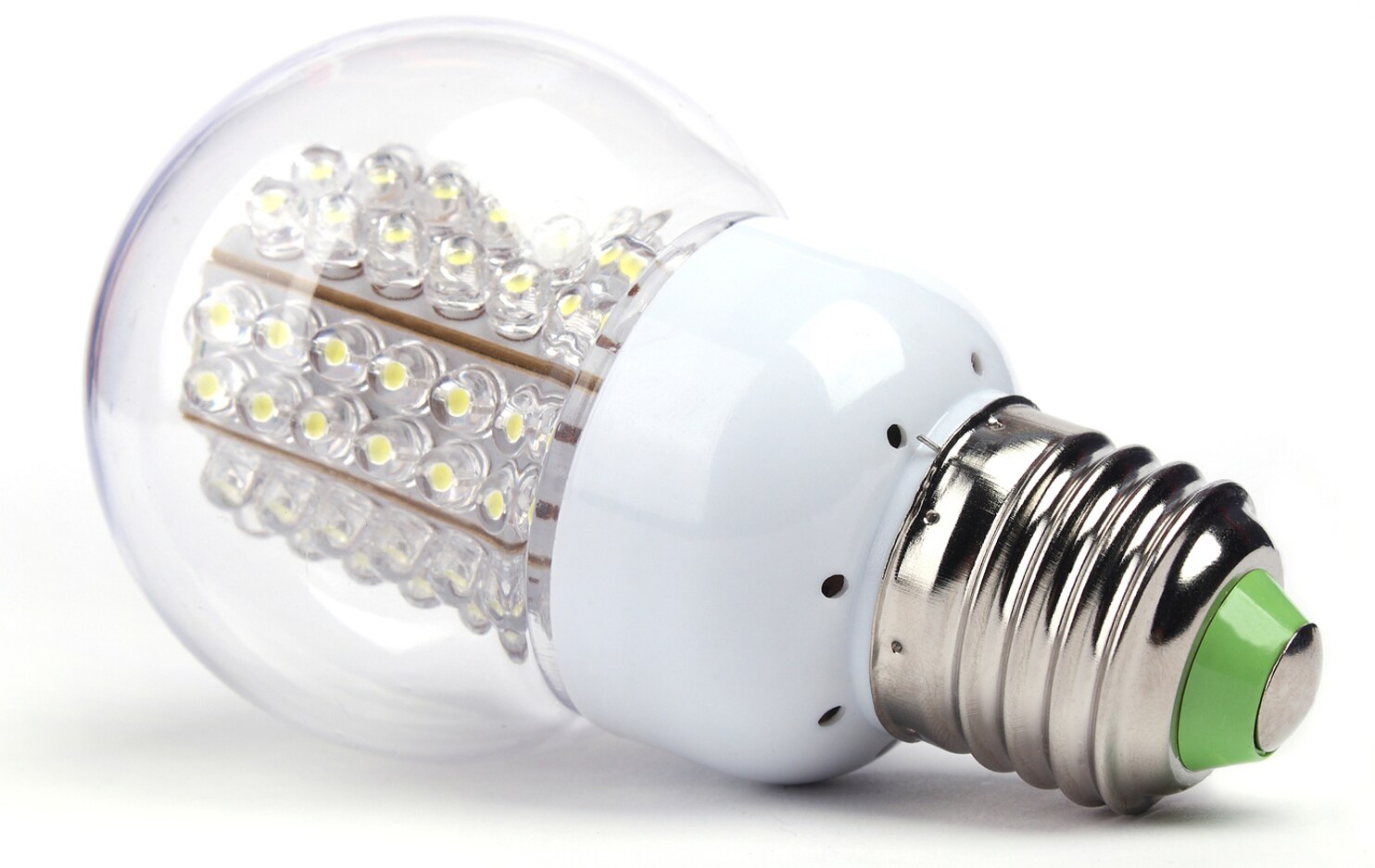
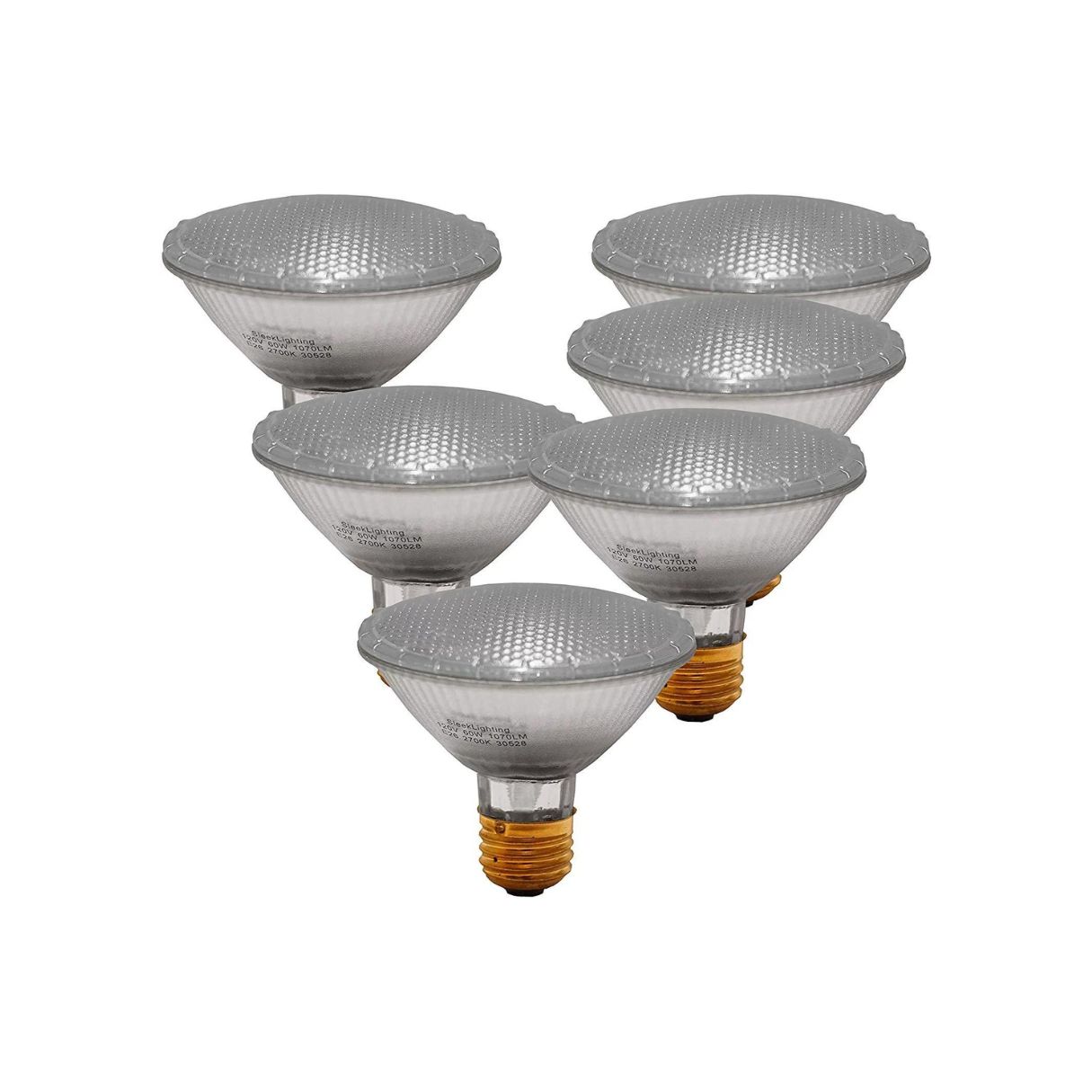
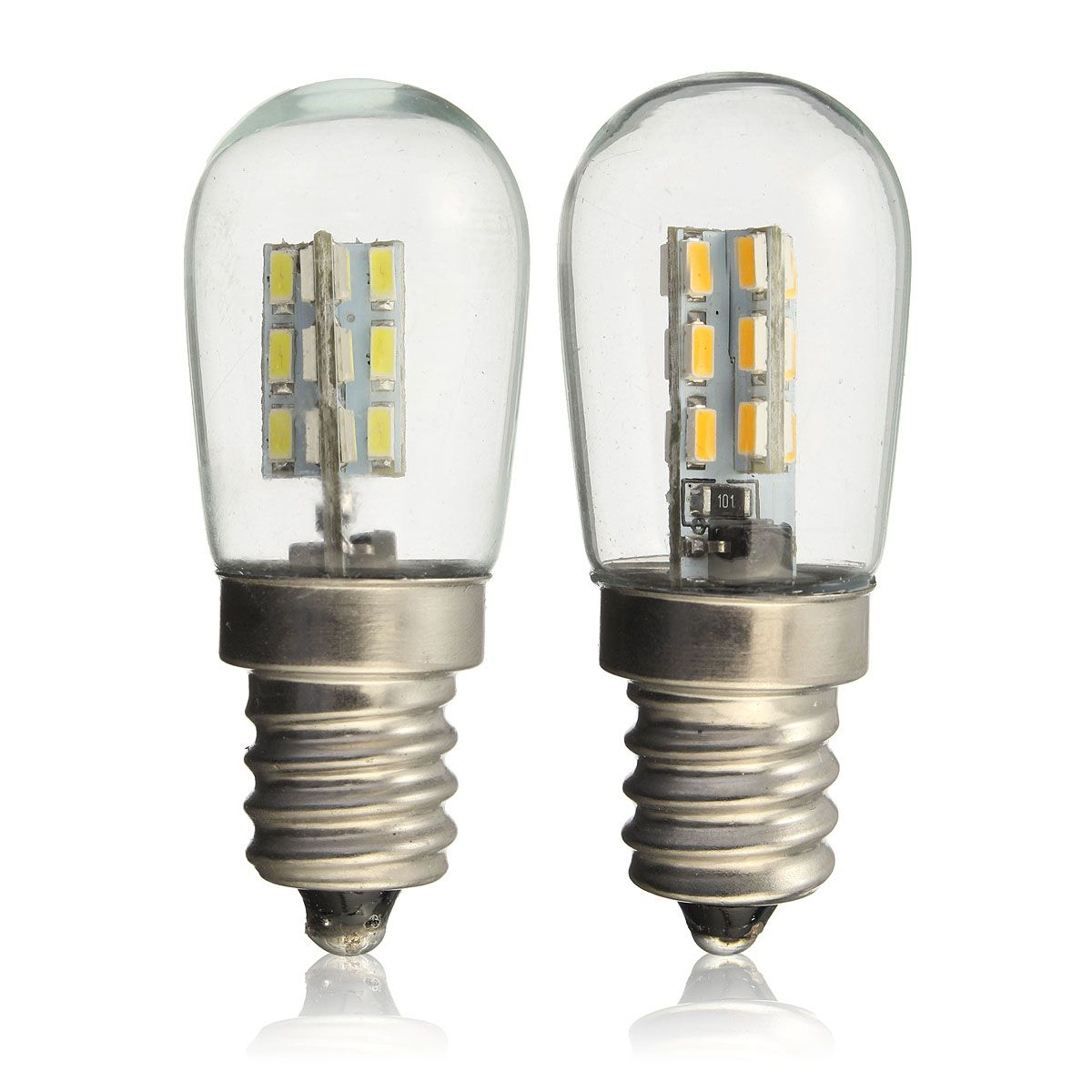
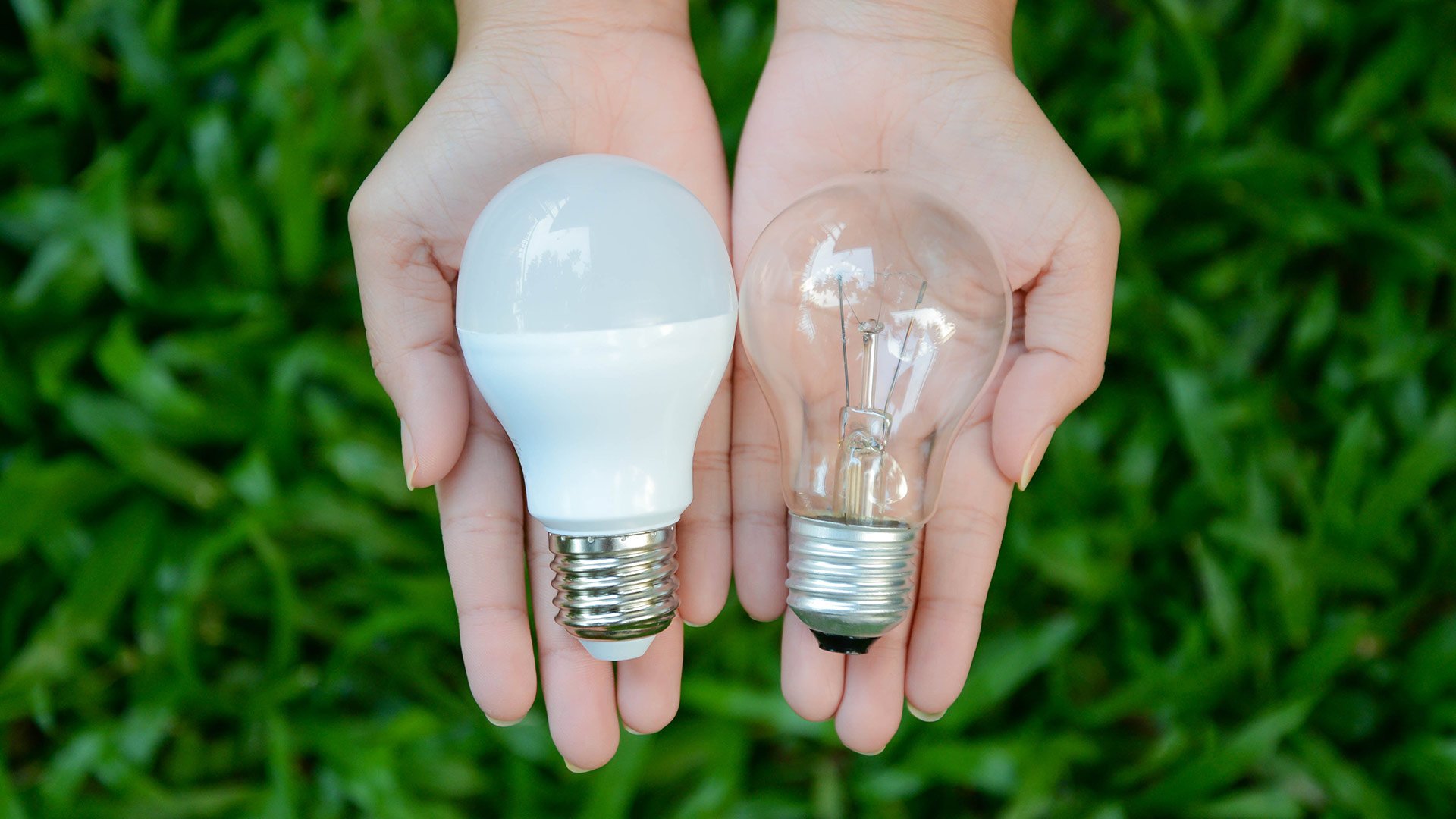

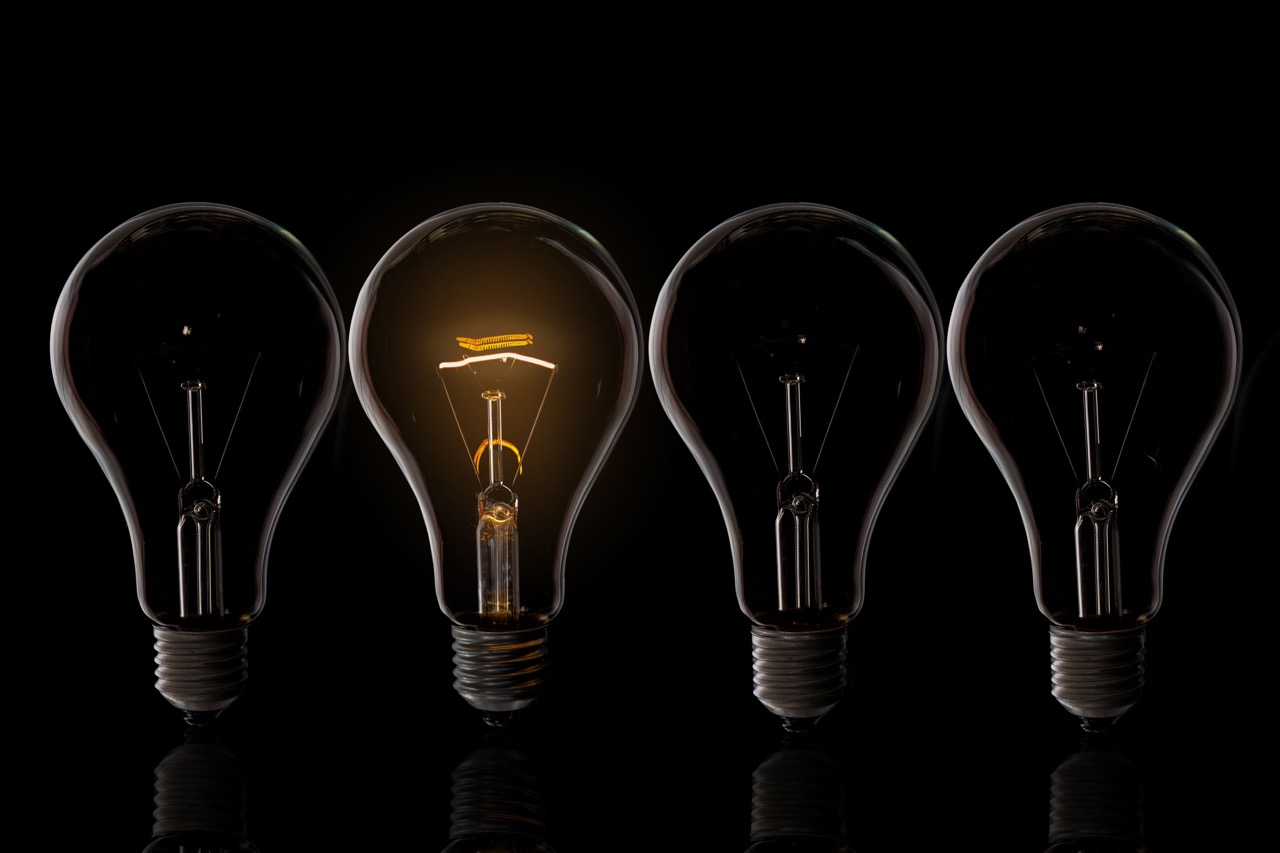
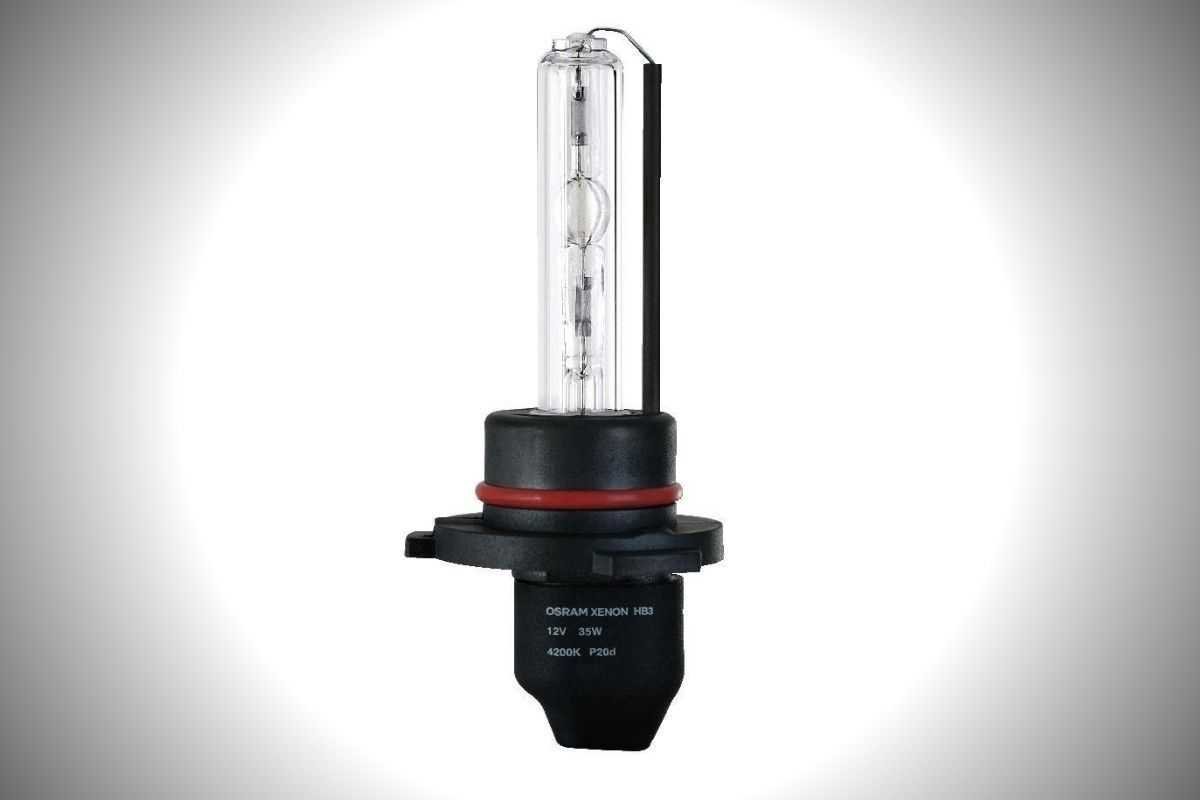
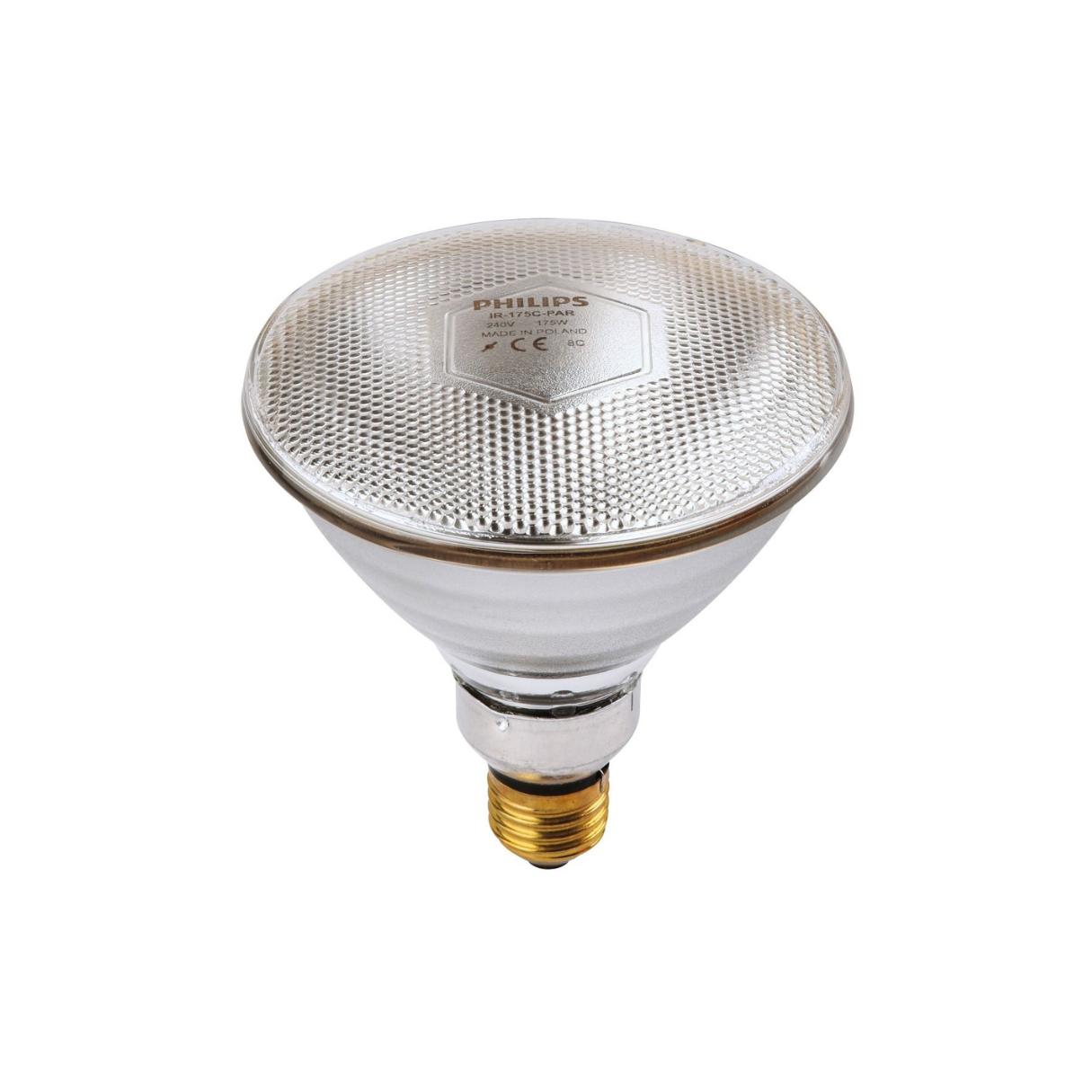
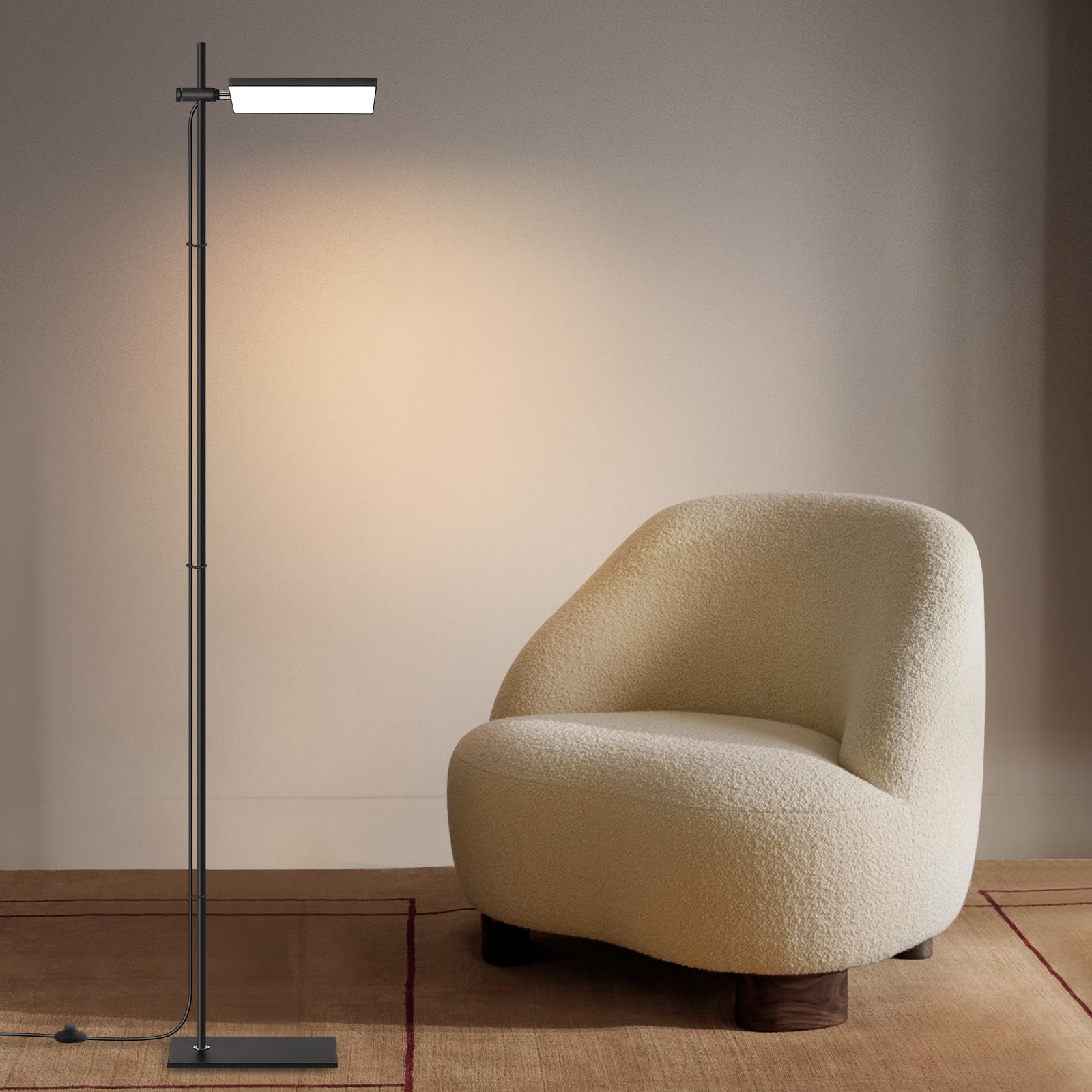
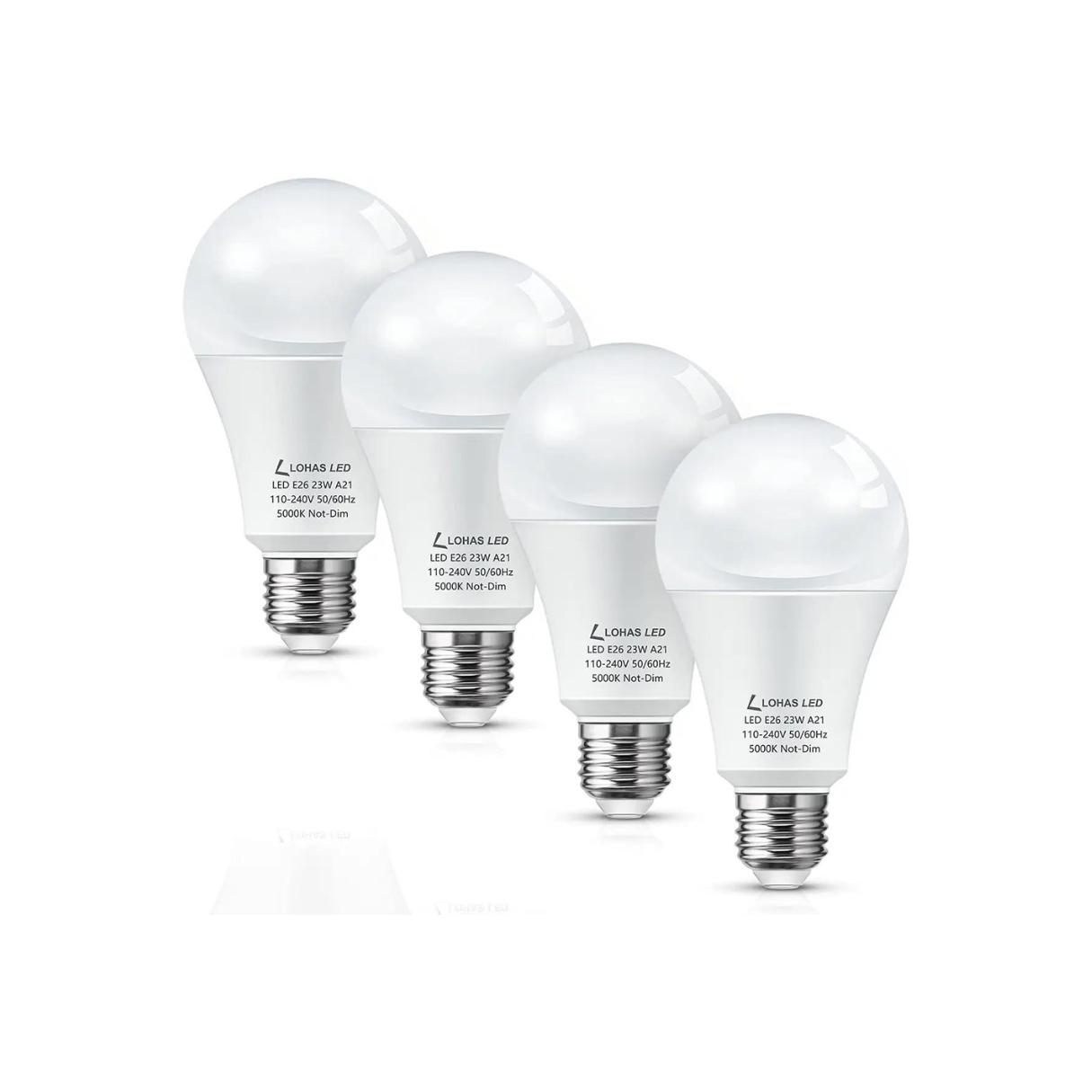
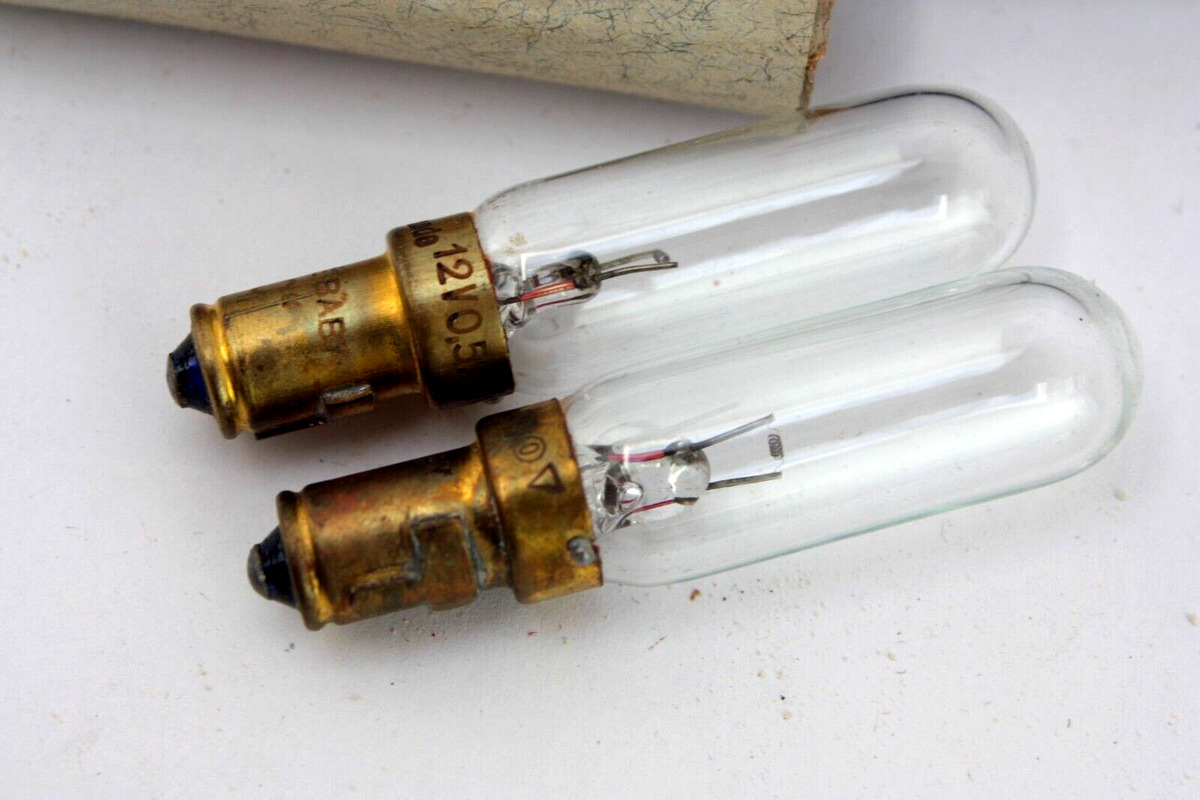

0 thoughts on “What Light Bulb Is The Brightest”